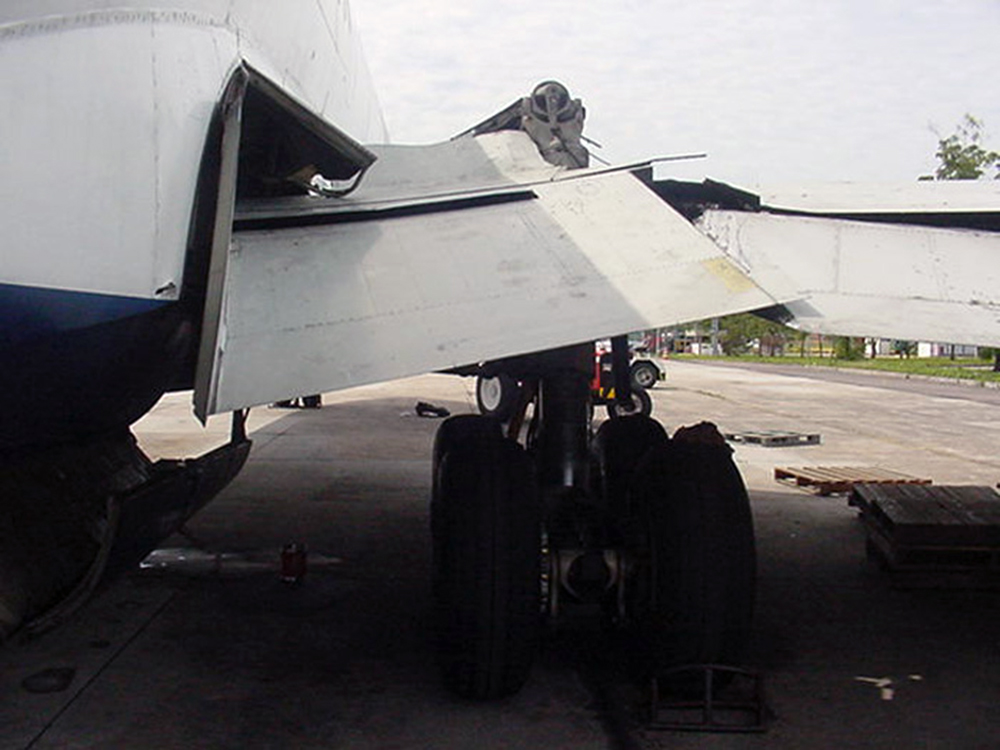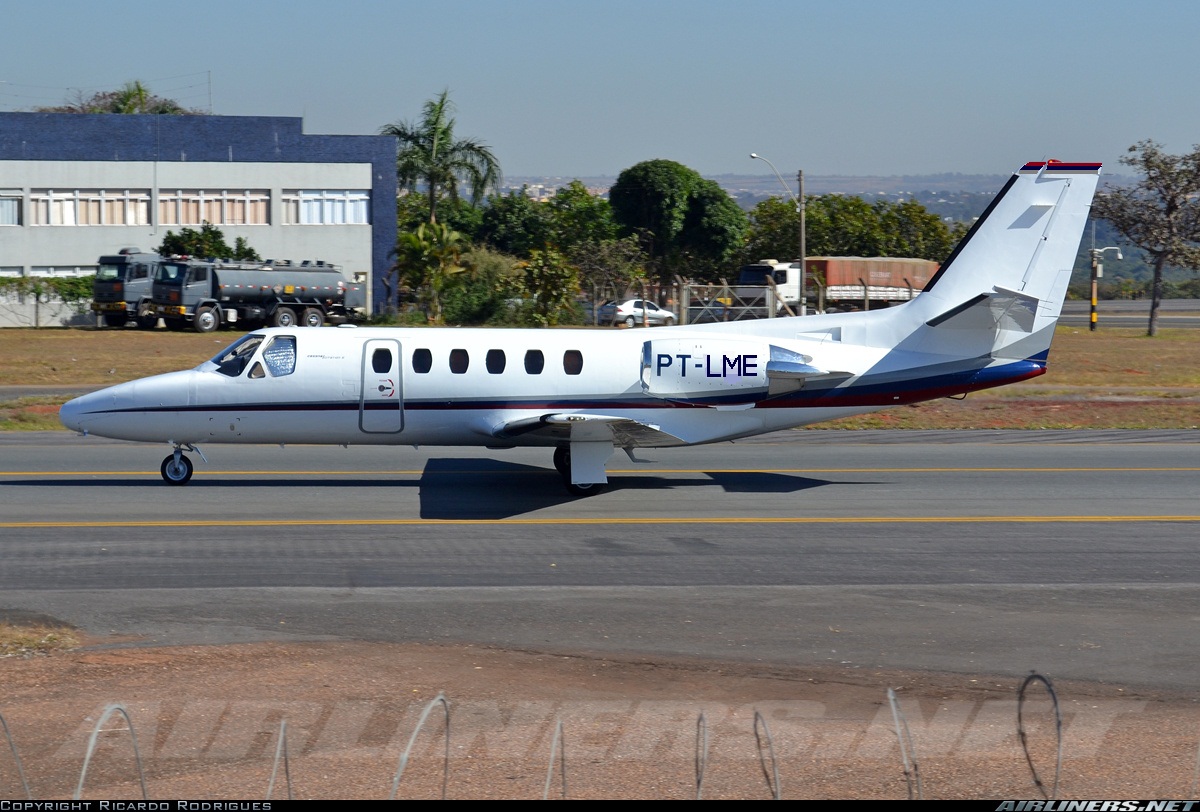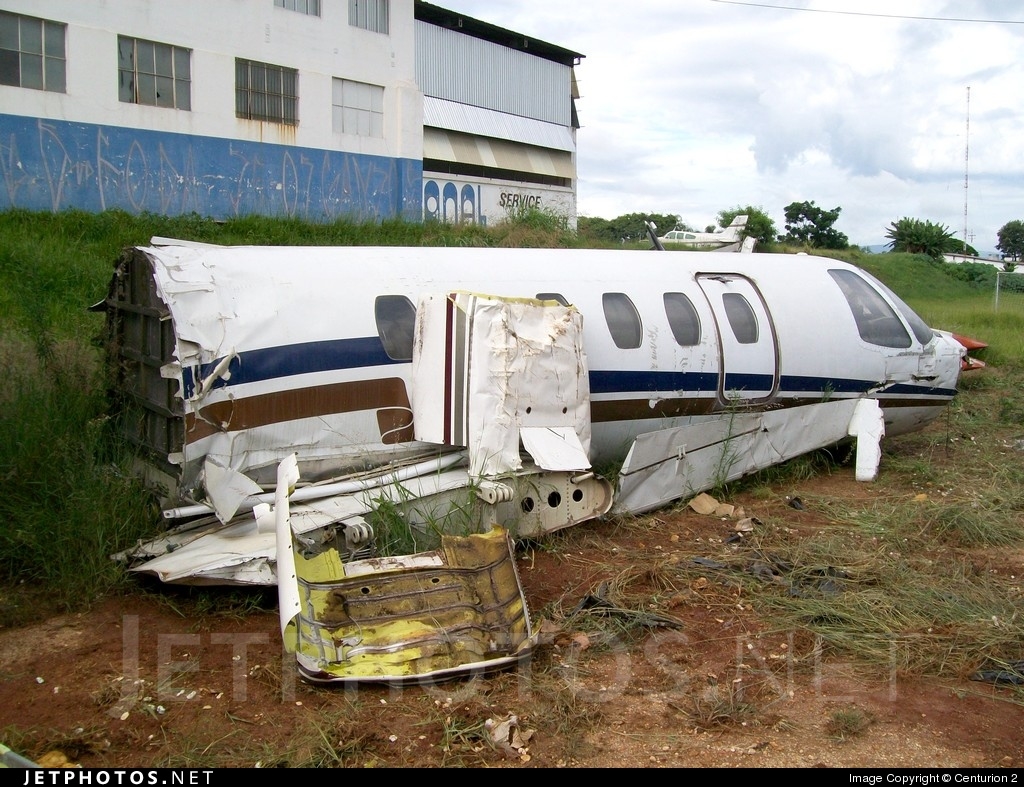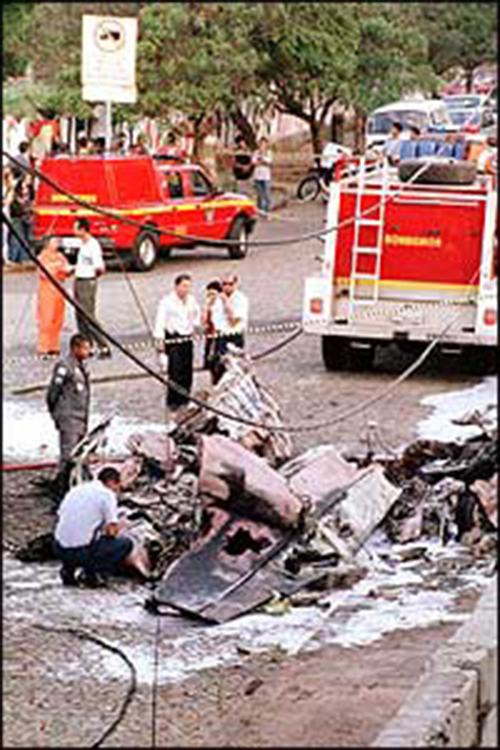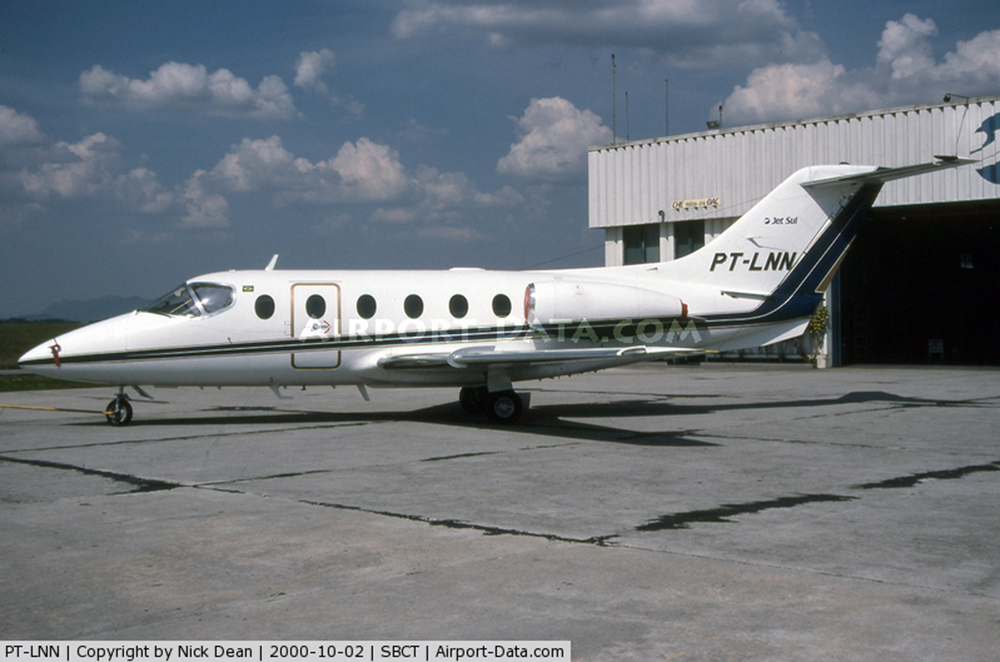Crash of a Cessna 208B Caravan in Fazenda Vera Paz
Date & Time:
Mar 29, 2005 at 0724 LT
Registration:
PT-MPA
Survivors:
Yes
Schedule:
Itaituba – Fazenda Vera Paz
MSN:
208B-0627
YOM:
1997
Crew on board:
1
Crew fatalities:
Pax on board:
0
Pax fatalities:
Other fatalities:
Total fatalities:
0
Captain / Total hours on type:
4200.00
Circumstances:
The single engine airplane departed Itaituba-Mundico Coelho Airport on a cargo flight to Fazenda Vera Paz, a private airstrip located 360 km southwest from Itaituba Airport, carrying one pilot and a load of foods. After touchdown on runway 32, the pilot lost control of the aircraft that veered off runway to the left and came to rest in a drainage ditch, bursting into flames. The pilot escaped uninjured while the aircraft was destroyed by fire.
Probable cause:
Loss of control on landing for unknown reasons. It was not possible to determine whether the heavy rainfall that occurred in the region effectively contributed to the loss of control of the aircraft on the ground. In addition to the narrowing of the runway, the position of the drainage ditch became an obstacle, which prevented the aircraft from decelerating safely, culminating in the collision of the front landing gear against it and the impact of the propeller on the ground.
Final Report:







